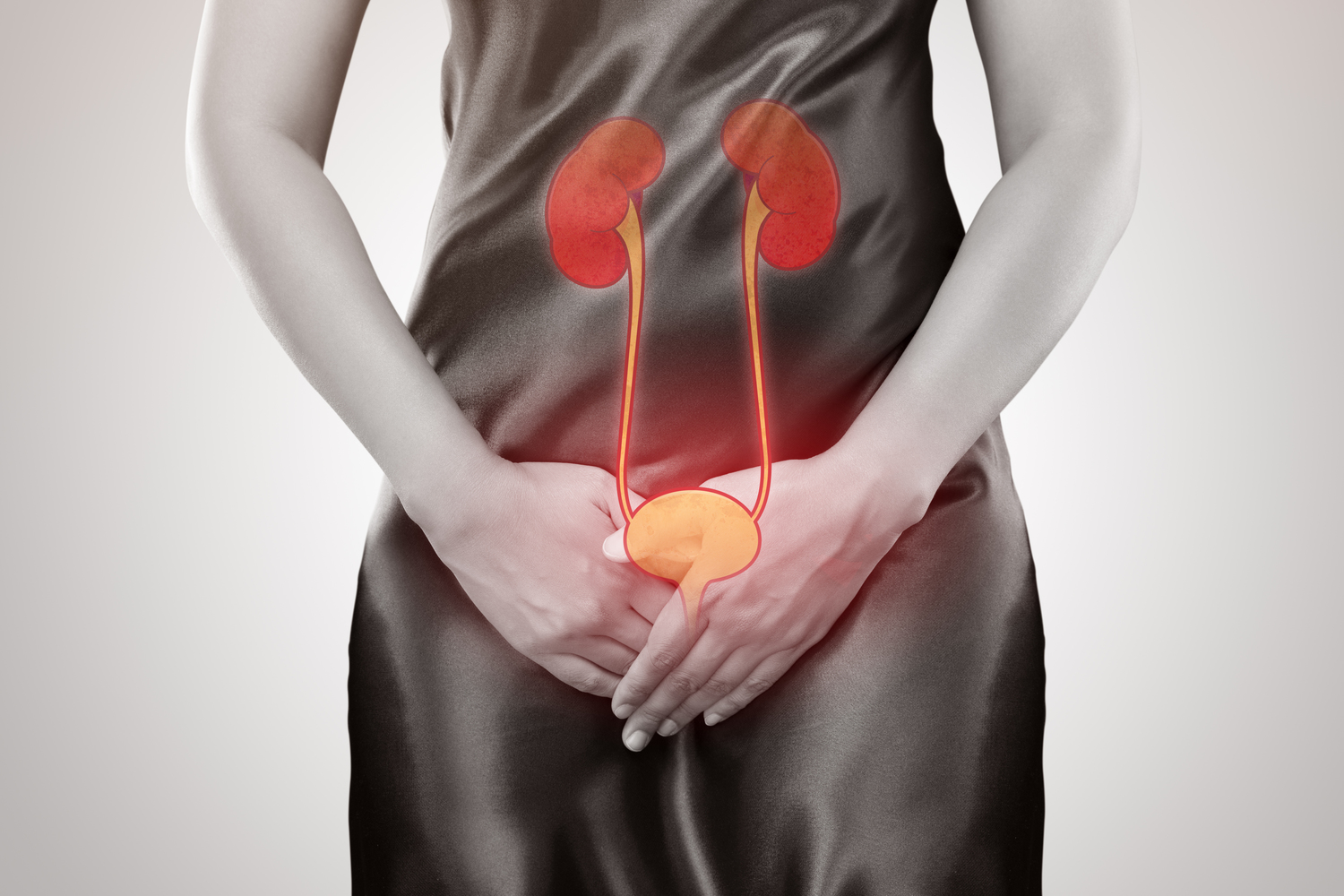Essential Insights on Blood Clots: Causes, Symptoms, and Prevention
This article provides crucial information on blood clots, including their causes, symptoms, and preventive measures. It highlights how clots form, the health risks involved, and the importance of early treatment to avoid serious complications. Understanding these aspects can help individuals recognize symptoms early and seek prompt medical advice to manage or prevent clot-related conditions effectively.

Understanding Blood Clots: Causes, Symptoms, and Prevention
Blood clots are formations of semi-solid blood blocks resulting from the natural clotting process. While clotting helps stop bleeding after injury, issues arise when clots travel freely within the blood vessels or form blockages, impeding normal circulation. Such mobile clots can travel to vital organs like the lungs, leading to life-threatening complications. Clots may also develop in veins and struggle to dissolve independently. Various factors such as vessel injuries, prolonged immobility, strokes, atherosclerosis, infections, surgeries, and cancer treatments can trigger clot formation.
Recognizing Symptoms of Blood Clots
Heart attacks often stem from blood clots, presenting as chest pain or angina, which may radiate to the back, jaw, or arm. Blood clots in the brain, causing strokes, can lead to weakness, numbness, speech difficulties, blurred vision, severe headaches, confusion, balance issues, and loss of coordination. Deep vein thrombosis (DVT) manifests through leg tenderness, swelling, redness, warmth, vein enlargement, and calf dull ache, especially while walking. If a clot detaches, it might travel to the lungs, resulting in a pulmonary embolism, which symptoms include shortness of breath, chest pain, and sputum with blood.
Approaches to Treatment and Prevention
Medical interventions for blood clots mainly involve anticoagulants that slow clotting and prevent embolism. These medications are often prescribed for extended periods, influenced by the patient's health history and the severity of the condition. For people at risk, reducing immobility, avoiding long flights or drives, and engaging in specific exercises can lower the chances of clot formation. If diagnosed early, timely treatment can significantly reduce complications. Always seek professional medical advice for proper diagnosis and personalized care.










